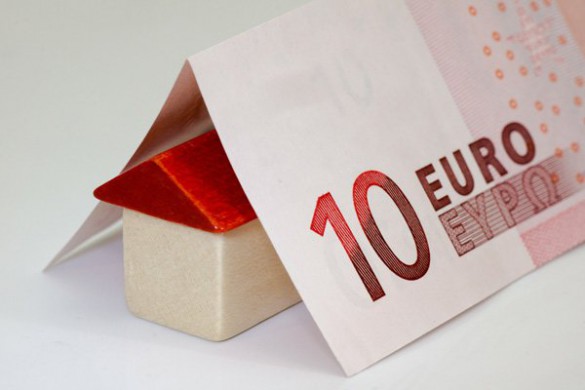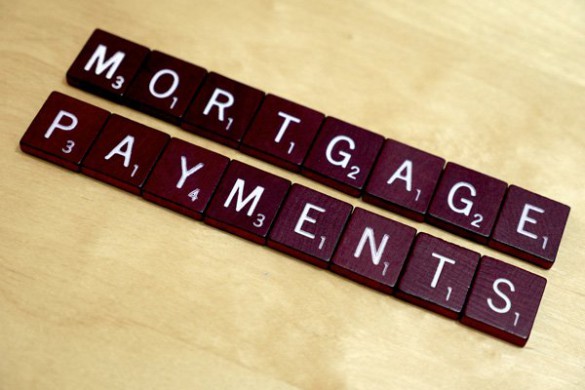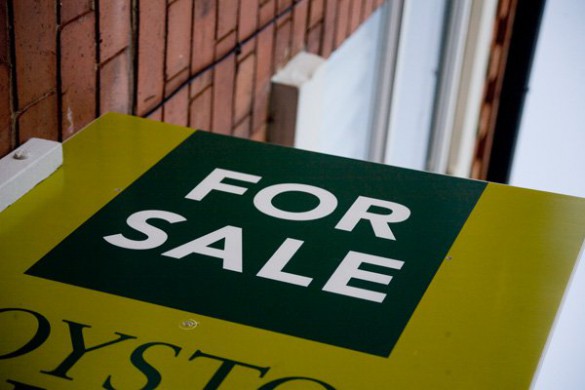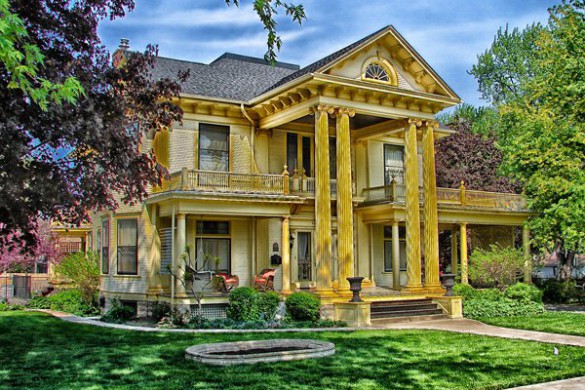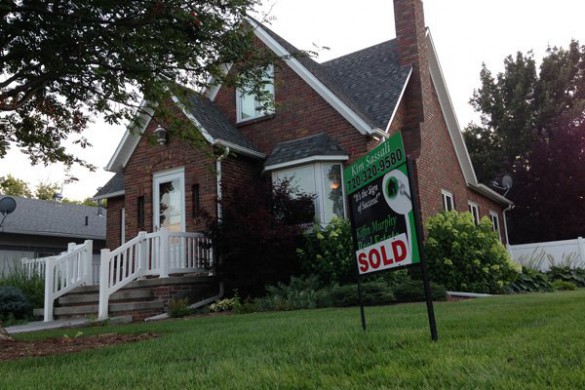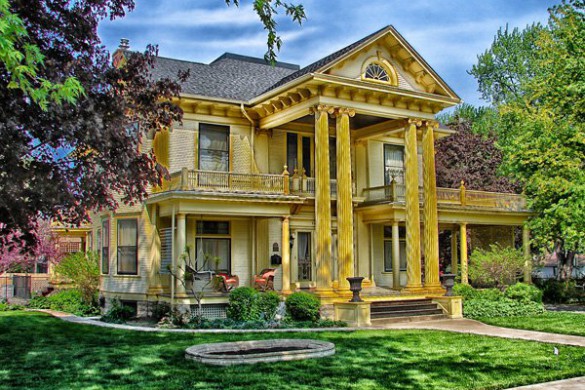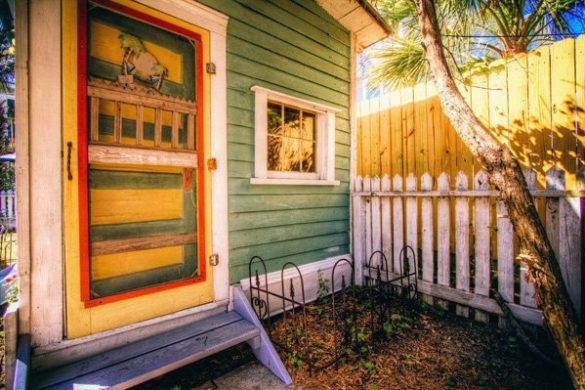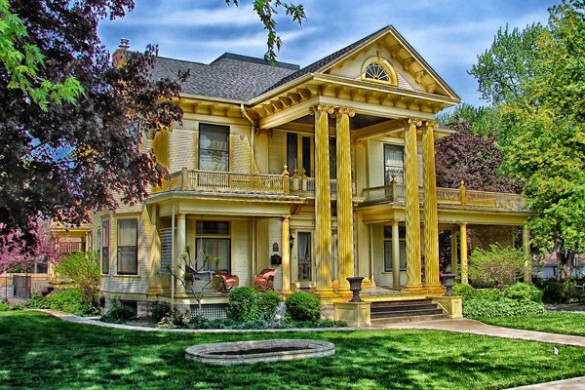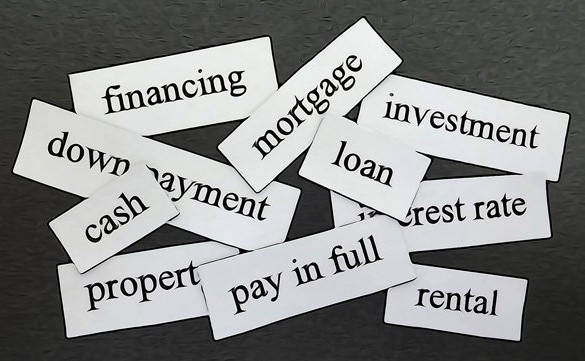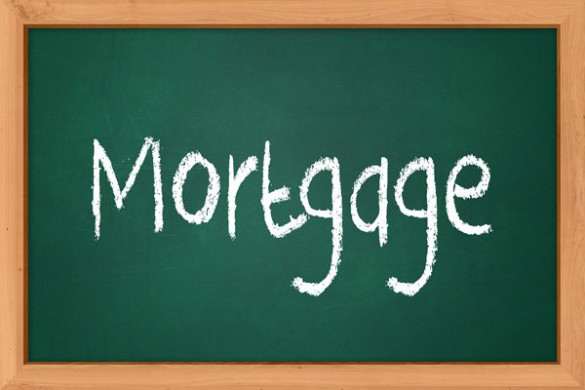
For many people, saving money for a down payment is one of the biggest obstacles to buying a home. Lenders typically require that borrowers make a down payment of at least 20% of a property’s purchase price for the borrower to receive the lowest interest rate and avoid paying extra fees. So if you want to buy a home for $250,000, that means you would need to make a $50,000 down payment and also have enough money to pay for closing costs and keep sufficient savings in reserve. Saving that much money can be challenging for budget-strapped borrowers.
Although 20% is the standard down payment to purchase a home, there are many mortgage programs that enable borrowers to purchase a home with little or no money down. In this article FREEandCLEAR outlines how to buy a home with little or no down payment and summarize the low or no down payment mortgage programs available to borrowers. It is important to highlight that many of these programs require the borrower to pay extra fees or a higher interest rate and most have limits on loan amount or borrower income. Understanding the benefits and disadvantages of the resources available to borrowers will enable you to find the mortgage that is right for you and buy a home with little or no money down.
Conventional Mortgage Programs
In short, a conventional mortgage program is a program that is not insured by the government in the event the borrower defaults on the mortgage. We outline multiple low down payment conventional mortgage programs below.
Fannie Mae 3% Down Payment Program: Enables borrowers to buy a home with a down payment as low as 3% and no personal borrower contribution.
Fannie Mae HomeReady Program: Enables borrowers to buy a home with a down payment as low as 3% and no personal borrower contribution. The program allows lenders to include or consider income from non-occupant borrowers, non-borrower household members and boarders, aiding your ability to qualify for a mortgage.
Freddie Mac Home Possible Program: Enables borrowers to buy a home with a down payment as low as 3% and no personal borrower contribution. The program allows lenders to include rental income from the property you purchase and occupy (for example an extra room in a single family residence or extra unit in a multi-unit residence), aiding your ability to qualify for a mortgage.
The Fannie Mae and Freddie Mac programs require the borrower to pay private mortgage insurance (PMI), which is an ongoing monthly cost in addition to your mortgage payment. The programs also have limits on the size of mortgage you can obtain and borrowers may also be subject to income limits and other qualification requirements. The programs apply to owner-occupied, principal residences. The Fannie Mae and Freddie Mac mortgage programs are offered through any approved lender such as a bank, mortgage broker or credit union.
Bank of America Affordable Loan Solution Program: Enables borrowers to buy a home with a down payment as low as 3% and no borrower financial contribution.
The Affordable Loan Solution program does NOT require the borrower to pay private mortgage insurance (PMI), which potentially enables the borrower to save money on total monthly housing expense. The program has limits on the size of mortgage you can obtain and the borrower’s income cannot exceed the median income (AMI) for the area in which the property is located. The program applies to owner-occupied, principal residences. For information on the Affordable Loan Solution Program contact Bank of America
Government-Backed Mortgage Programs
There are three primary government-backed low / no down payment mortgage programs: the FHA Mortgage Program, VA Mortgage Program and USDA Mortgage Program. A government-backed mortgage is insured by the government in the event the borrower defaults on the mortgage. Because of this extra government insurance, government-backed mortgage programs typically have lower interest rates than conventional mortgage programs.
FHA Mortgage Program: Enables borrowers to buy a home with a down payment as low as 3.5% and no personal borrower contribution.
VA Mortgage Program: Enables active and retired military personnel to purchase a property with no down payment.
USDA Mortgage Program: Enables borrowers to buy homes located in rural areas or small communities with no down payment. 95% of the land in the U.S. representing a population of over 100 million people is considered USDA rural area.
The FHA and USDA Mortgage Programs require the borrower to pay an up-front and ongoing mortgage insurance premium (MIP) which is similar to private mortgage insurance (PMI). The VA Mortgage Program requires the borrower to pay an up-front VA funding fee but no ongoing mortgage insurance premium. The FHA and VA Mortgage Programs have limits on the size of mortgage you can obtain and the USDA Mortgage Program has borrower income limits. Participants in all three programs are subject to borrower qualification requirements. The programs apply to owner-occupied, principal residences. These mortgage programs are offered through any approved lender such as a bank, mortgage broker or credit union.
NACA Mortgage Program
NACA Mortgage Program: NACA, the Neighborhood Assistance Corporation of America, offers mortgage programs designed to make home ownership more attainable. The NACA Mortgage Program enables borrowers to purchase a home with no down payment and no closing costs
The NACA Mortgage Program does NOT require the borrower to pay private mortgage insurance (PMI). Borrowers must complete a mortgage counseling class and are required to volunteer at five housing advocacy events per year. The program uses a character-based borrower credit evaluation instead of requiring a minimum credit score. There are limits on the location and value (typically less than $425,000) of properties eligible for the program. The program applies to owner-occupied, principal residences. To learn more about the program contact NACA.
Down Payment Assistance Programs
Down Payment Assistance Programs: provide borrowers with a silent second mortgage, also know as a Community Second, Affordable Second or subordinate loan, to assist them with their down payment or closing costs.
A borrower can combine a first mortgage, such as an FHA or HomeReady mortgage, with a down payment assistance program, allowing the borrower to purchase a home with no personal financial contribution. There are many variations of down payment assistance programs depending on the state or county you live in but the programs generally work the same way: the down payment assistance is structured as a subordinate loan or “silent second.” So in addition to obtaining a first mortgage, the borrower obtains a smaller, second mortgage to help pay for the down payment. Down payment assistance loans are called “silent seconds” because the payments on this type of loan are deferred, which means you do not have to make a payment on the second mortgage until your home is sold, refinanced or paid in full. Silent seconds typically have a low interest rate or 0% in some cases. Down payment assistance programs are offered through state and local housing agencies and participating lenders.
State and Local Housing Agencies
Although most low or no down payment mortgage programs are offered by lenders, contacting your state or local housing agency can be a good starting point.
These housing agencies are familiar with the various low / no down payment mortgage programs available in your area as well as the lenders that offer them and can help you determine your eligibility for these programs. Housing agencies also coordinate with participating lenders to assist you in applying for and closing your mortgage. You can find housing agencies in your area by visiting the HUD web site
Family Gift
You can use a gift from a relative, fiance or domestic partner to pay for all or part of the down payment when buying a home.
There are certain rules and procedures that lenders require borrowers to follow when using a gift to pay for your down payment. The individual providing the gift is usually required to provide a gift letter to demonstrate proof of the gift, confirm that funds being provided are not borrowed and also verify that the borrower is not required to repay the gift. If you are considering using a gift for all or part of your down payment be sure to consult with your lender to understand its policies.
Piggyback / Second Mortgage
Borrowers may be able to use a second mortgage to reduce their down payment when buying a home.
A second mortgage, also known as a second trust deed or a piggyback mortgage, is a second mortgage on a property. The second mortgage is subordinate, or junior, to the first mortgage on the property which means that in the event of a default or foreclosure, the holder of the first mortgage is paid off first before the holder of the second mortgage. For example, a borrower may obtain a first mortgage for 80% of the property purchase price and a second mortgage for 10% of the property purchase price which means that the borrower is only required to make a 10% down payment. Lender qualification guidelines for a second mortgage are similar to the qualification guidelines for a first mortgage and focus on a borrower’s debt-to-income ratios. Check with the lender you are planning on using for your first mortgage to determine if they offer second mortgages. If your first mortgage lender does not offer second mortgages, you may be able to obtain one through a different lender
Alternative Lenders
Some alternative lenders such as credit unions may offer their own low or no down payment mortgage programs
Although these programs are relatively rare, you can contact credit unions in your area to understand if they offer any special, proprietary low or no down payment mortgage programs.
For more information on low and no down payment mortgage programs and related borrower resources visit FREEandCLEAR’s Mortgage Expert Insights.

